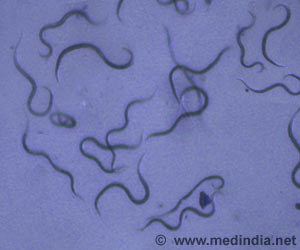Components in Clostridium difficile that may lead to new diagnostic tools have been discovered by researchers.

"C. difficle can be a life-threatening infection," said Leonard Mermel, D.O., medical director of the department of epidemiology and infection control at Rhode Island Hospital. "We believe that rapid identification of this bacterium will assist in timely initiation of antimicrobial therapy and admission to a setting where the patient is more appropriately observed based on his or her signs, symptoms and strain of bacteria causing the infection."
The technology revealed in this study can be integrated as a point-of-care device to help quickly detect and identify C. diff strains that pose significant health threats in hospitals and other health care settings.
According to the Centers for Disease Control and Prevention, the most serious C. diff cases are in the elderly and individuals with certain medical problems. C. diff spores can live outside the human body and may be transferred to bed linens, bed rails, bathroom fixtures and medical equipment, and other areas in the infected person's environment.
The incidence of C. diff has been on the rise and is increasing in severity and mortality in the U.S. and Europe. The cost of treating C. diff in the U.S. in 2008 topped $4 billion; and in 2006-07 it was responsible for an estimated 14,000 deaths in the U.S.
"With the emergence of a more severe C. diff strain (NAP1/027/B1), there is an urgent need for a highly sensitive and rapid method of detection and strain typing," Mermel said.
Advertisement
Source-Eurekalert









